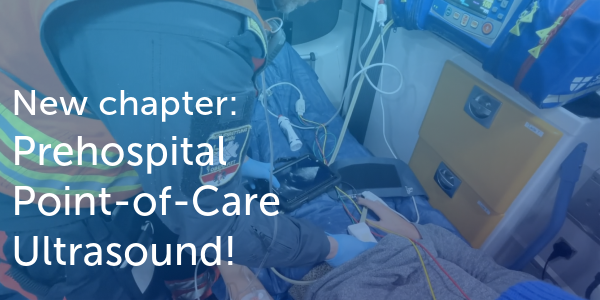5.3.3 Alcohol and cardiomyopathy
Excessive or chronic alcohol abuse affects cardiac function. Initially, binge consumption of alcohol and withdrawal leads to sympathetic over-activation, thus increasing heart rate and contractility.
Early signs of cardiac dysfunction in chronic alcohol abuse include diastolic dysfunction, followed by left ventricular dilatation and an increase in left ventricular mass. Eventually the patients also develop systolic dysfunction and dilated cardiomyopathy. Left ventricular dysfunction is reversible when alcohol abuse is treated early.
The exact mechanism is multifactorial and still poorly understood. Apoptosis, direct toxic effects, and renin-angiotensin activation have been identified as important factors in the emergence of the disease. In addition, genetic polymorphisms (ACE gene) predispose an individual to alcohol-induced cardiomyopathy. The risk of developing cardiomyopathy is related to the quantity and duration of alcohol intake. Usually cardiomyopathy requires the intake of 80-90 g of ethanol per day over a period of at least 5 years.
Approximately 1/3 of heavy drinkers have evidence of cardiomyopathyAlcohol also triggers arrhythmia, especially atrial fibrillation. The latter occurs in 60% of binge drinkers. As alcohol is consumed in excess usually on weekends or holidays, this “disease entity” is also known as the holiday heart syndrome.
NT-Pro BNP levels may be elevated after excessive intake of alcohol or binge alcohol consumption even in the absence of left ventricular dysfunction.